It’s real!
Real-time marketing isn’t easy. However, when it’s done well, it can really pay off.
A shout-out to the original example of real-time marketing…
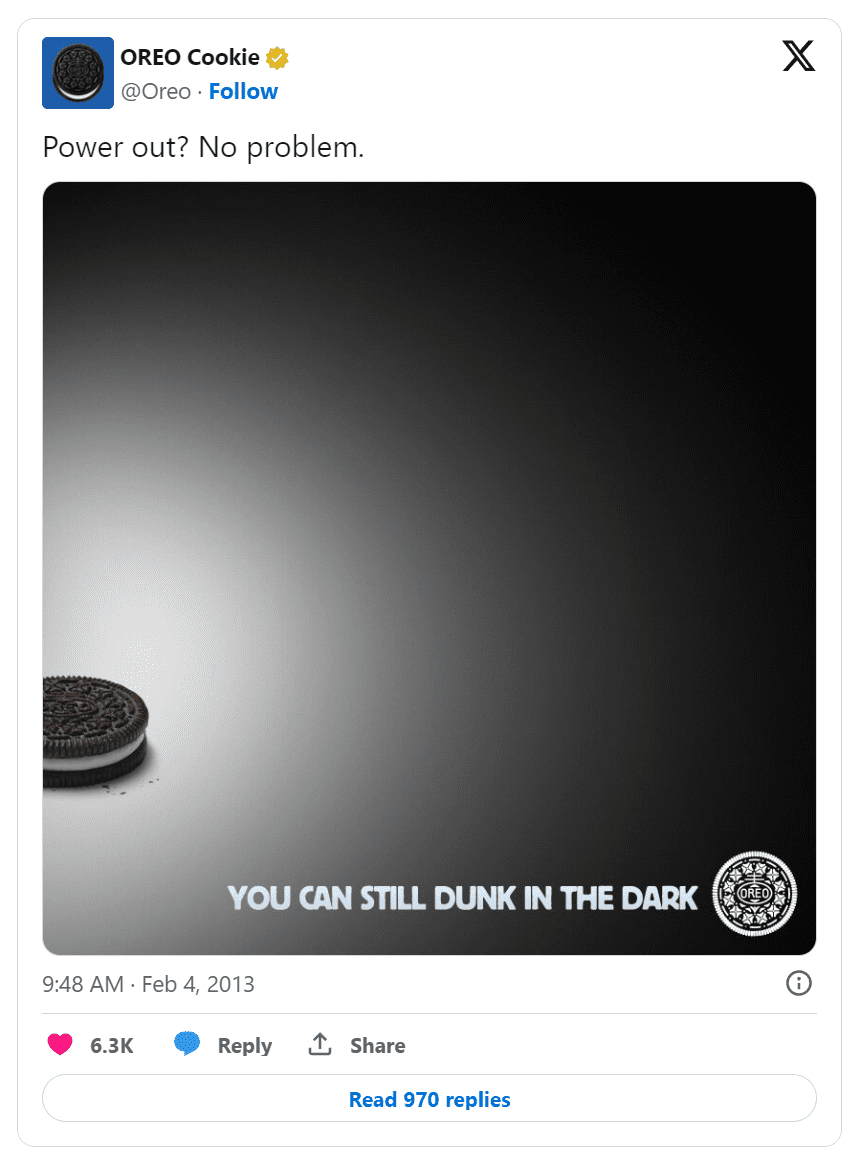
Oreo pioneered the power of real-time marketing (RTM) with a 2013 tweet during the Super Bowl XLVII power outage. The Oreo team posted the now famous, witty and timely tweet above and changed social media, resulting in 10,000 retweets in the first hour and becoming a news story globally.
In 2024, social media moves so quickly, and users expect immediacy from brands online. Whether it’s a Twitter thread or Instagram DMs, brands are more accessible than ever. While this does pose challenges for things like moderation, it also offers incredible real-time marketing opportunities.
Let’s dive deeper into real-time marketing, what it is, why is real time marketing important, and how you can use it to connect with people and gain some serious digital brownie points.
What is real-time marketing?
Real-time marketing is engaging with customers on social media in real or near real-time about current events, breaking news or trends.
In essence, it is about connecting with your target audience during important moments as they are experiencing them. Social media has paved the way for brands to open up a two-way conversation and tap into current consumer interests, gathering attention and headlines on a small budget.
Social media moves fast, and trends come and go in the blink of an eye. The goal of real-time marketing is to be timely and relevant to increase the marketing message’s effectiveness.
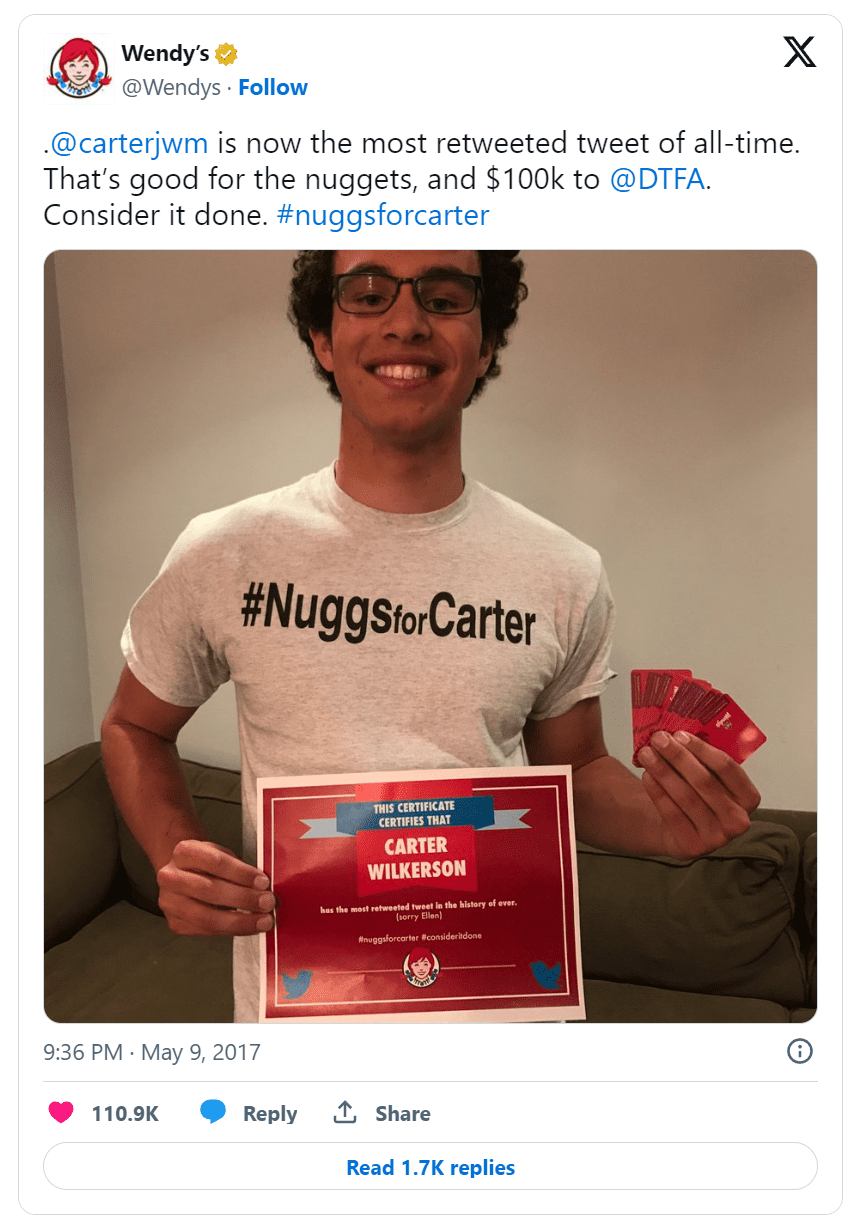
Why is real-time marketing important?
Real-time marketing is vital as it helps your target audience feel more connected to your brand, communicates that you, as a brand, are aware of what is happening in the world, and provides relevant content to your audience.
After Apple announced their new iPhones would no longer come with a charger, Samsung posted this.
Real-time marketing doesn’t always have to be clever
The benefits of real-time marketing don’t always have to be to go viral.
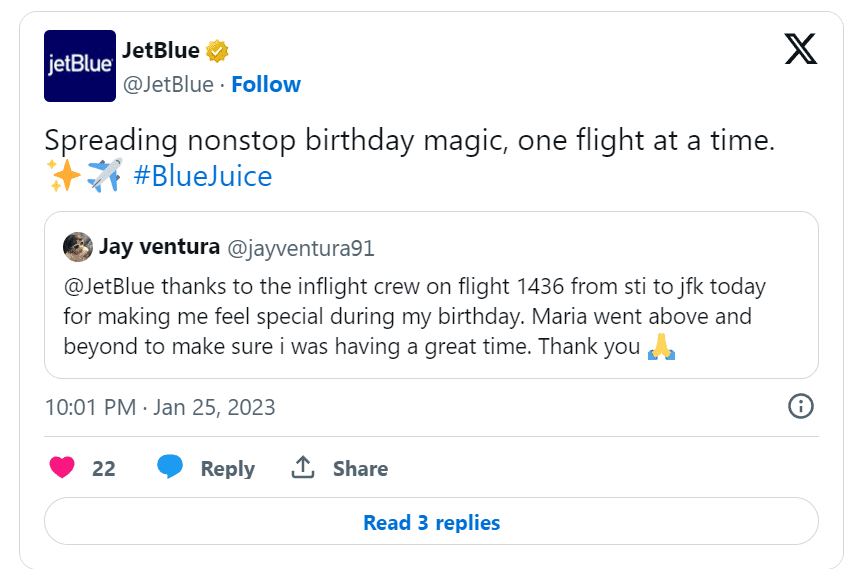
In the above example, JetBlue isn’t trying to trend on Twitter or be overly clever. However, it’s an excellent example of customer engagement and leveraging positive feedback to your advantage in real time.
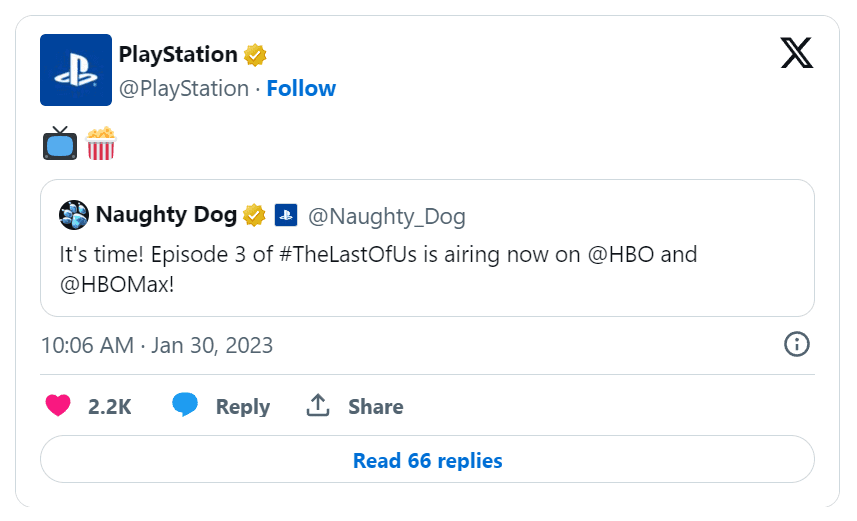
A massive part of real-time marketing is community. While a brand like PlayStation has the advantage of a passionate fanbase, the Tweet above shows the importance of capitalising on hype and fostering conversations with your community online.
How to prepare for real-time marketing
Look at the calendar
Be aware of upcoming events and choose to talk about the events you know your target audience would be interested in.
If you are a mouthguard business, it is unlikely that your audience will care about the Grammy Awards, but they will likely be interested in the Brownlow Medal.
To celebrate Earth Day 2020, held the same day every year, Ben & Jerry’s took to Instagram to post a visual metaphor about melted ice cream to bring attention to climate change.
Plan ahead
If you know of an upcoming event related to your brand and products, brainstorm possible content ideas. A plan will help you act more quickly in real time with possible resources already created.
During the 2015 Academy Awards, the official Lego account tweeted a picture of an Oscar statue built from Lego bricks. Lego knew when the awards were presented and created artwork based on this.
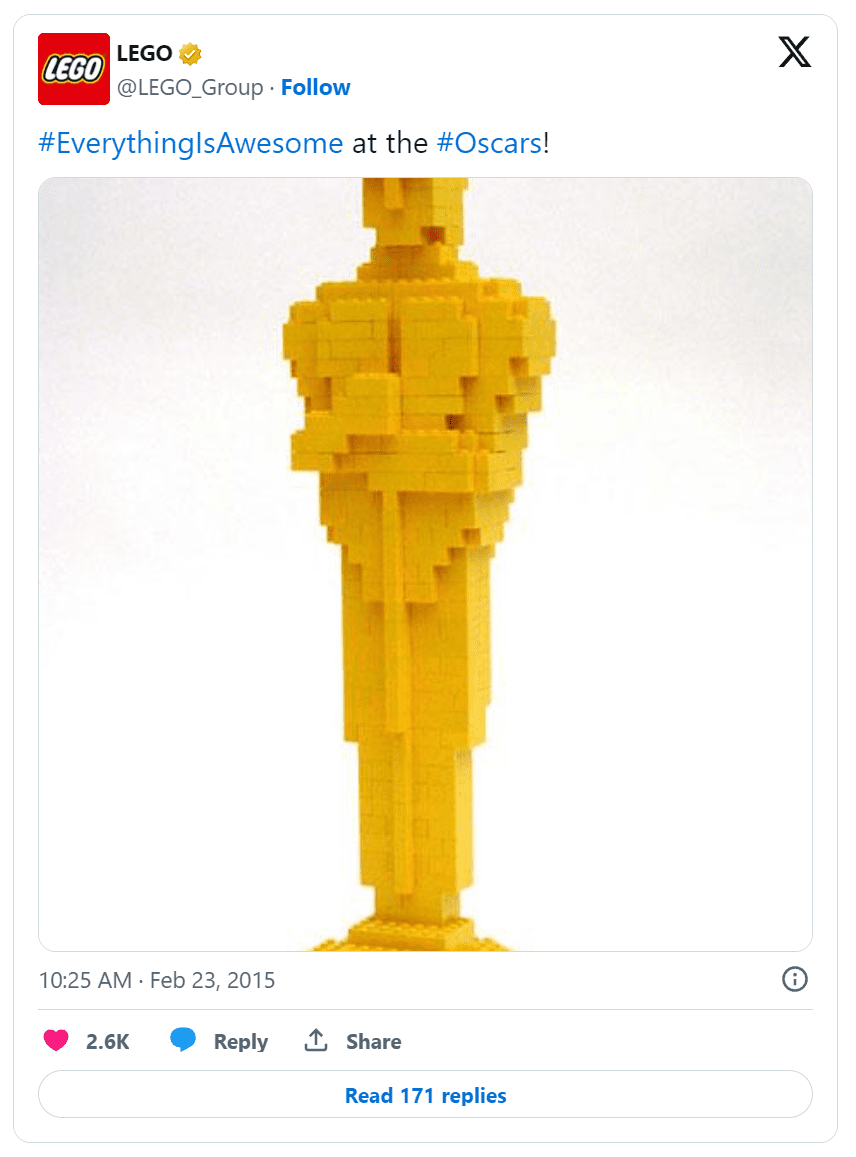
Look at how Charmin planned ahead and joined in on everyone posting their Spotify Wrapped.

Have fun and go for it
Real-time marketing allows brands to show their personality and stand out from their competitors.
In 2018, ASOS printed 17,000 shopping bags with the word “online” misspelt.
Instead of throwing the bags out, ASOS owned up to the mistake, getting ahead of consumers, and posted a picture of the misprinted bags on Twitter, saying they were “limited edition”.
This funny response gathered 45,000 likes, 501 comments and over 8,000 retweets.
At the 2019 Art Basel show, a banana duct-taped to a wall sold for US$120,000, and big brands got on the bandwagon by creating their art pieces.

Start with recurring hashtags
If the thought of real-time marketing stresses you out, start with recurring hashtags such as #MotivationMonday or #ThrowbackThursday. These time-sensitive hashtags allow you to join pre-existing conversations in the online community.

Be part of the conversation
Having a well-executed post is only one part of the puzzle. You need to ensure there is an employee ready to participate, engage and initiate a conversation with your consumers. It is also likely that this would happen outside the typical 9 to 5 working hours.
We’ve already used Wendy’s as an example of great real-time marketing in this blog, but here are a few more examples of using current events as marketing opportunities.
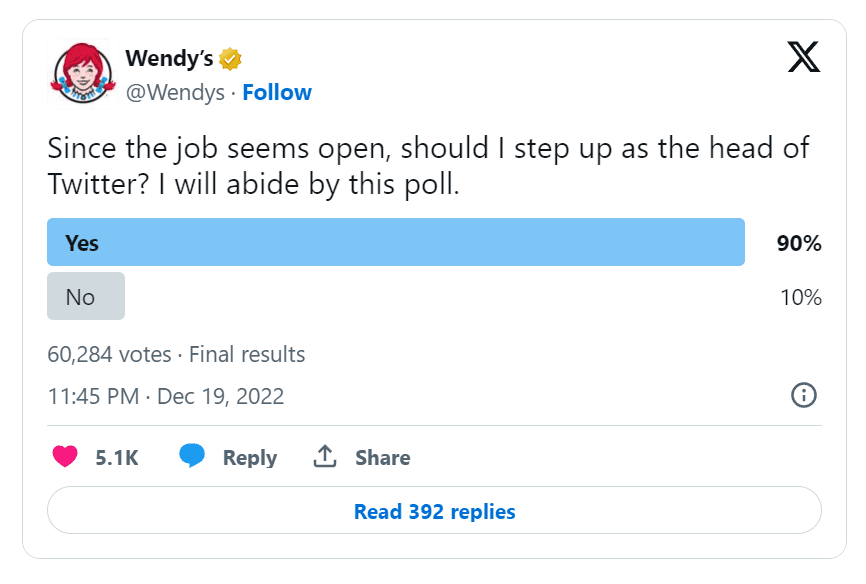

By engaging your target audience in real-time and staying on top of current events that are relevant to them, you can build connections that enhance your brand.
Enjoyed this article? Enter your email below for social media tips & tricks delivered to your inbox every Monday morning.







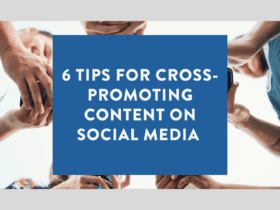

LET’S CONNECT